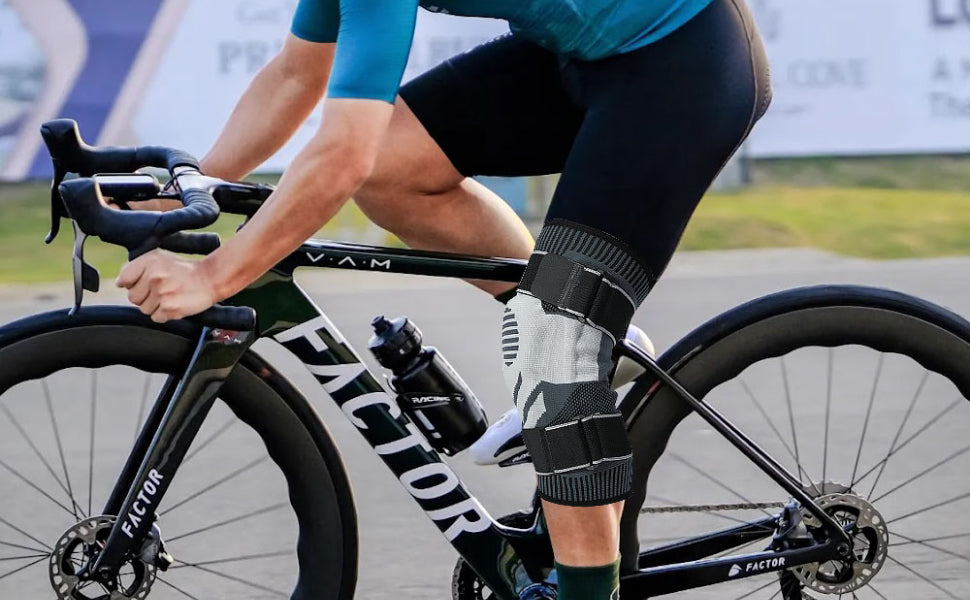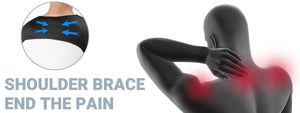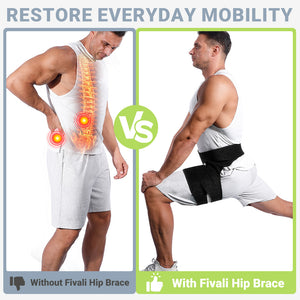What Is a Knee Brace and How It Works

Knee braces are orthopedic devices used to support, stabilize, and protect the knee joint. They are widely employed in a variety of scenarios, including physical exercise, injury, and surgery.
This page provides an overview of knee braces. Whether you're an athlete looking to prevent knee injuries or someone recovering from knee surgery, understanding how knee braces work will help you make informed decisions about their use and benefits.
fivalifitness.com
Types of Knee Braces
There are various varieties of knee braces, each with a unique purpose and level of support. The following are the most popular forms of knee braces:
- Prophylactic Braces: These braces are designed to prevent knee injuries in athletes participating in high-risk sports, such as football, basketball, and soccer. They are typically made of light materials and offer mild to moderate support.
- Functional Braces: These braces are used after an accident to offer stability and support for the knee joint. They are often constructed with more robust materials and can give moderate to maximal support.
- Rehabilitative Braces: These braces are used to support and protect the knee during recuperation from surgery or injury. They are typically made of light materials and offer mild to moderate support.
- Unloader Braces: These braces are designed to relieve pressure on certain parts of the knee joint and are commonly used to treat problems such as arthritis. They are typically made of light materials and offer mild to moderate support.
- Knee Sleeves: These compression sleeves provide mild support and alleviate discomfort. They are generally made of breathable materials and are comfortable to wear.
- Hinged Knee Braces: These braces feature hinges on the sides of the knee joint, enabling controlled mobility and enhanced stability compared to other types of braces. They are often comprised of stiffer materials and offer moderate to maximal support.
Components of a Knee Brace

A knee brace consists of numerous components that work together to support and stabilize the knee joint. A knee brace consists of the following key components:
- Frame or Structure: This refers to the main body of the knee brace, typically made of rigid or semi-rigid materials, including plastic or metal. The frame offers structural integrity and support for the knee joint.
- Straps and fasteners: These are used to keep the knee brace in place and change the fit. Most knee braces feature adjustable straps that can be tightened or loosened to provide a comfortable and snug fit around the knee.
- Padding and Cushions: These components are commonly present inside the knee brace and contribute to comfort and cushioning. They also serve to distribute pressure uniformly across the knee and decrease friction between the brace and the skin.
- Hinges: Some knee braces, particularly hinged braces, include hinges on both sides of the knee joint. These hinges enable regulated knee movement while maintaining stability and minimizing excessive motion, which can lead to further injury.
- Stabilizing Bars or Springs: In some knee braces, additional stabilizing bars or springs may be added to improve support and stability. These components help to restrict undesired knee movements and give additional reinforcement.
It's vital to remember that the specific components of a knee brace can differ based on its type, design, and intended purpose. Different knee brace models and brands may have distinct characteristics and variances in their components.
fivalifitness.com
How a Knee Brace Works

A knee brace works by supporting, stabilizing, and protecting the knee joint. Here's how it works.
- Stabilization and Support: A knee brace helps to stabilize the knee joint by restricting excessive movement and providing external support. It can help prevent the knee from bending or twisting in ways that could cause further injury or strain on the ligaments, tendons, and muscles surrounding the knee.
- Compression and Pain Relief: Many knee braces apply compression to the knee joint, reducing swelling and irritation. The compression also provides proprioceptive feedback, which enhances joint awareness and reduces pain perception. This is especially useful for people who have arthritis or have suffered minor injuries.
- Protection and Injury Prevention: A knee brace can help protect the knee from potential injuries when exercising by providing additional support and stability. Certain knee braces, such as preventive or functional braces, are specifically designed to reduce the risk of ligament tears or other knee-related injuries, particularly in high-risk sports.
- Offloading and Alignment Correction: Certain knee braces, such as unloader braces, are designed to relieve pressure on specific areas of the knee joint and are commonly used to treat conditions like osteoarthritis. These braces help to disperse weight and force over the knee, reducing pain and improving alignment.
- Rehabilitation Aid: Rehabilitative knee braces can help in recuperation after surgery or an injury. They support the healing structures, limit excessive movement, and enable the safe performance of prescribed rehabilitation exercises.
It is essential to recognize that knee braces are not a substitute for thorough medical evaluation and appropriate therapy. They should be used under the supervision of a healthcare professional, who can assess the best type of brace and provide personalized suggestions tailored to the unique knee problem or injury.
fivalifitness.com
*Disclaimer
The information provided in articles written by Fivali is intended for educational and reference purposes only. The content on this website (www.fivalifitness.com) is not intended to diagnose, treat, cure, or prevent any disease. We do not recommend self-diagnosis or self-treatment based on the information provided in our articles. Always consult a qualified healthcare professional if you have any concerns about your health or well-being.
If you are experiencing any symptoms or discomfort, we strongly encourage you to seek medical attention from a qualified healthcare professional. Only a licensed healthcare practitioner can provide an accurate diagnosis and an appropriate treatment plan tailored to your individual needs.
-
Posted in
Brace, Healthy Lifestyle, Recovery













